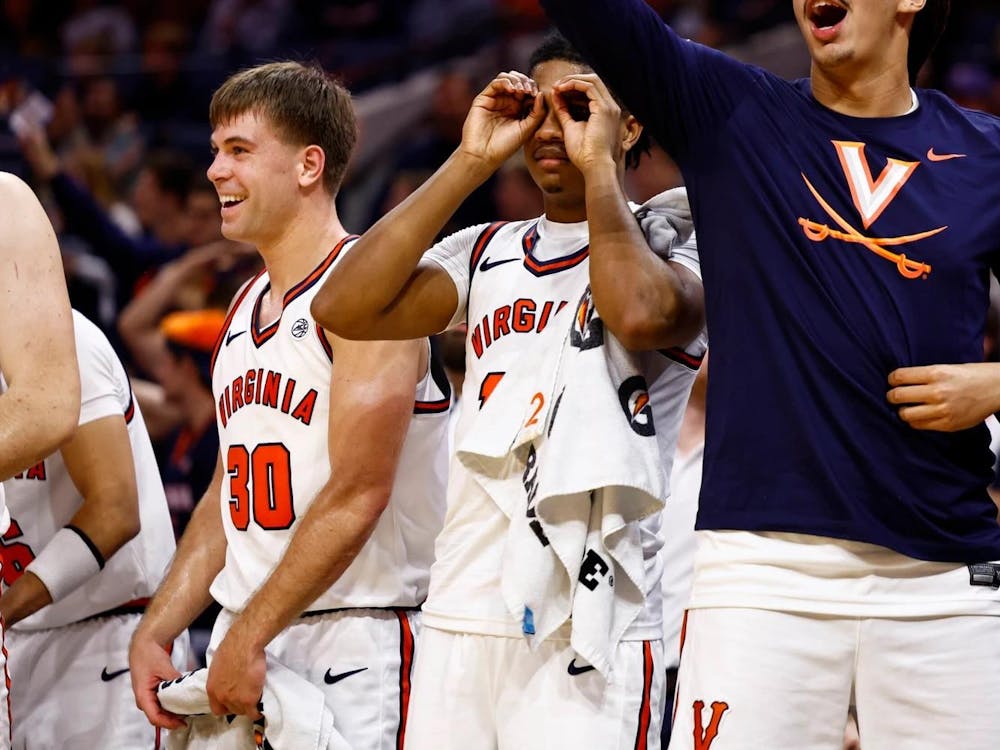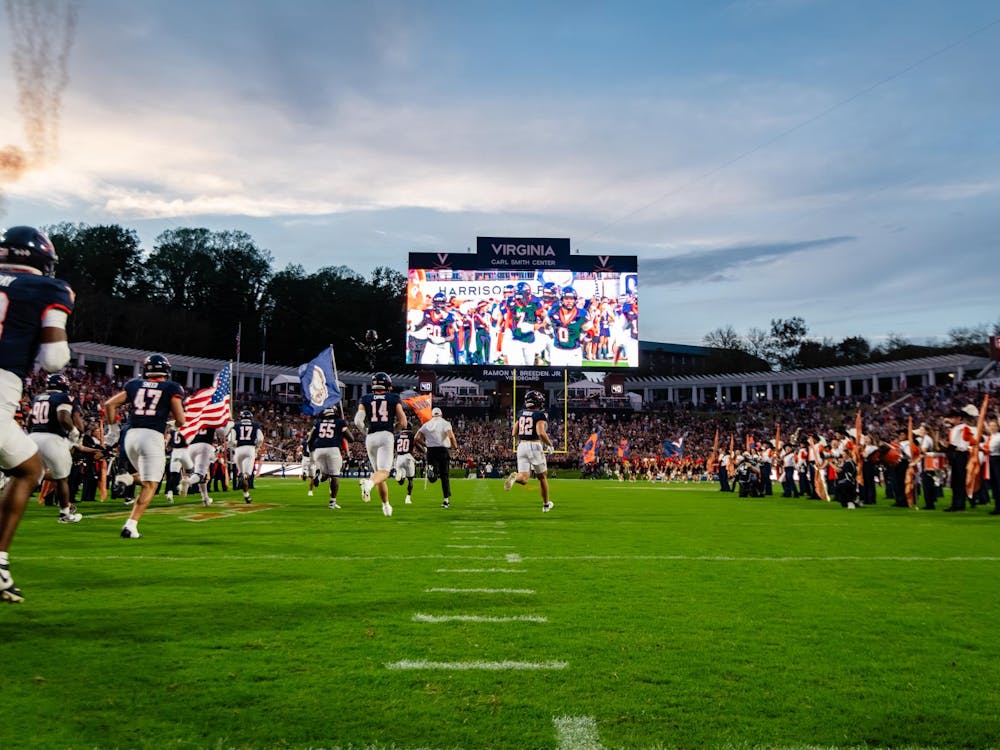F or the first five minutes and 40 seconds of last night's win against North Carolina, Virginia looked like they deserved the No. 1 seed in the East region of the NCAA tournament. The rest of the game, however, the Cavaliers resembled a team that would struggle to make the newly expanded, 40-team NIT tourney.
Virginia resembled world-beaters as they jumped out to a 16-point lead with pressure defense and dead-on shooting. But the last-place Tar Heels turned around to put out a stingy 2-3 zone and outscored the Cavaliers by six the rest of the way. In most years that wouldn't sound bad at all. But with North Carolina resembling a Division II team for most of the season, there is some cause for concern.
|
Now I understand that most fans, or at least the ones that bothered to show up for a matchup against North Carolina and are not bandwagon fans (that's a completely different column), are saying to themselves "A win is a win is a win." And while the saying certainly applies to ACC play most of the time, the way the worst defensive team in the conference can simply eliminate any resemblance of an offense on their opponent's home court should worry these very same fans.
Without their up and down, fast-paced style of play, the Cavaliers look lost in a half court set. They appeared content to pass the ball around the perimeter of the zone, waiting for the shot clock to run down before they hoisted up a three or drove recklessly into the lane. An offense that, needless to say, won't win many games.
Which begs the question. What should they do about it?
While I certainly am no coach, nor do I claim to be, I know that Virginia is a team full of players that can do almost anything on the basketball court when they play up-close, pressure defense and cause turnovers to lead into fast break opportunities.
They are not players that can dribble into the lane and hoist up a jumper with someone right in their face or shoot three pointers from 25 feet. So in that vein, it is extremely important for the Cavaliers to force turnovers, run and stay out of the half court offensive set as much as possible.
Although it may look as if Virginia is giving up easy baskets, which is a given while pressing another team, it will be in its comfort zone of an up-and-down game. While it is very possible Virginia can shoot itself out of a zone - refer to the previous Wake Forest and Florida State games - it is likely they won't make enough to discourage teams to leave the zone that was so effective last night.
Virginia scored 19 quick points with North Carolina in a man-to-man defense and Roger Mason Jr. drilling threes in transition, while his teammates dominated one-on-one matchups. They didn't come upon their second 19 until the end of the first half, a full 14 minutes later, because they couldn't run up and down the court off of rebounds or shoot their way out of the zone. At one point during that stretch, the Cavaliers scored only six points in seven minutes.
When Virginia can't run, they must force the ball inside against the zone or hope they are hot from downtown that day. Either way, they cannot commit 24 personal fouls and stay unassertive in a 2-3 zone or they have little to no chance of winning the ACC road games still lying ahead.
And unless the people in Winston-Salem have no clue what's going on in the world of basketball, Virginia can expect that zone from the opening tip of this Sunday's game against Wake Forest.
If they don't correct their problems by then, Virginia will trudge home a very disappointed team and sit square in the middle of the proverbial NCAA "bubble."
Oh yeah, I almost forgot. To the people that didn't bother to stay for all of last night's game (or didn't bother to go at all) just to grab the first spots in line for Duke, you need to look at yourselves in the mirror and figure out what a fan really is.
(Jeremy Williams can be reached at jtw9d@virginia.edu)






